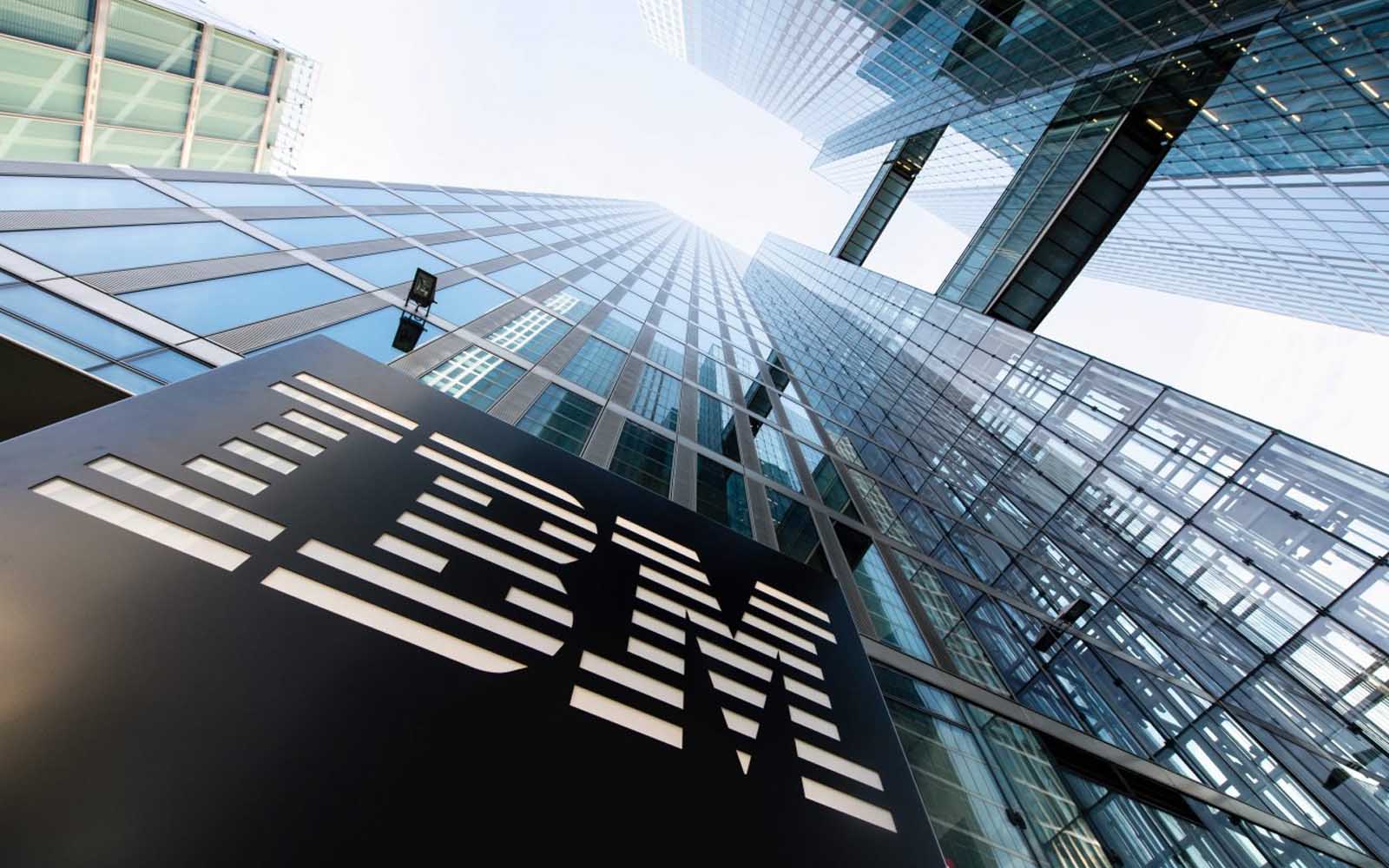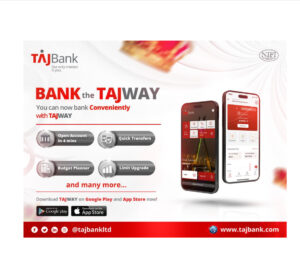American multinational information technology company, International Business Machines (IBM) Corporation has disclosed plan to invest $25 million to empower Nigerian youths. The plan which was disclosed by the Director of IBM Venture Capital Group, Deborah Magid, also confirmed that the programme will be extended to other African countries.
Magid made this known at the 21st Century Women and Youth in Innovation Technology themed ‘Turning Promises into Action’ held at the UN headquarters in New York.
Magid, who is also IBM’s Director of Software Strategy and represents IBM’s $25 billion software business in Venture Capital Group, said Nigeria is one of the strategic countries for IBM in Africa.
“We are going to spend $25 million just on education for youth to help them have the right skills training for jobs in the future,” she said.
Magid said $25 million investment is just for the youths and did not include the other IBM’s investment in Nigeria and the region.
Following the disclosure, Founder/CEO Global Connection for Women, Dr Lilian Ajayi-Ore, said there’s need for global technology giants to invest in manpower development in Nigeria and across Africa.
“I think the biggest area for these companies to invest, is manpower if they intend to reap, and I will speak for Nigeria and part of Africa. We are an English country, so in terms of resources, this is an opportunity to employ more of the manpower and it will be cheaper to employ this manpower rather than bringing them from America.”
About IBM
The IBM is an American multinational information technology company headquartered in Armonk, New York, United States, with operations in over 170 countries. The company began in 1911 as the Computing-Tabulating-Recording Company (CTR) and was renamed “International Business Machines” in 1924.
IBM manufactures and markets computer hardware, middleware, software, and provides hosting and consulting services in areas ranging from mainframe computers to nanotechnology.
Inventions by IBM include the automated teller machine (ATM), the floppy disk, the hard disk drive, the magnetic stripe card, the relational database, the SQL programming language, the UPC barcode, and dynamic random-access memory (DRAM).
















